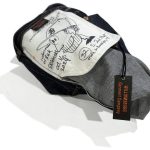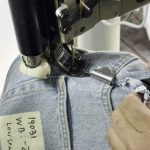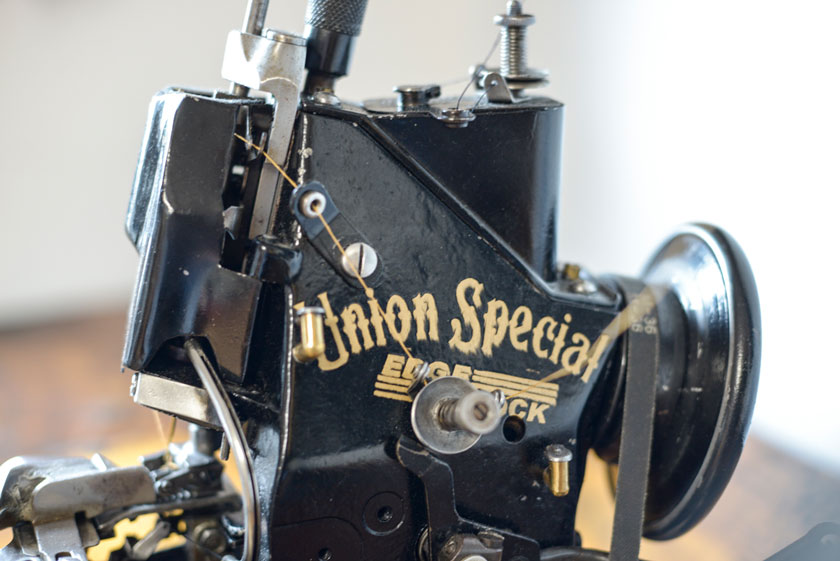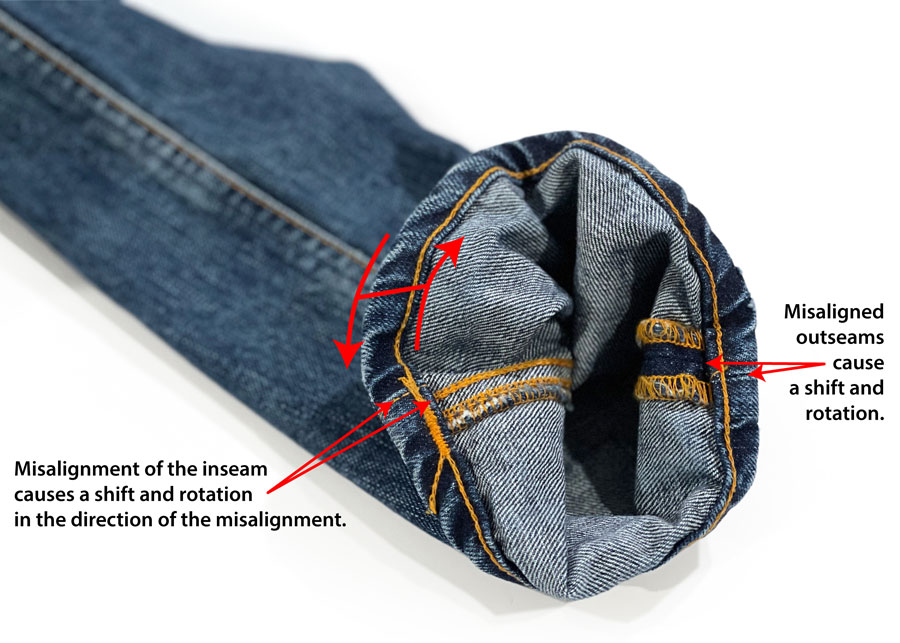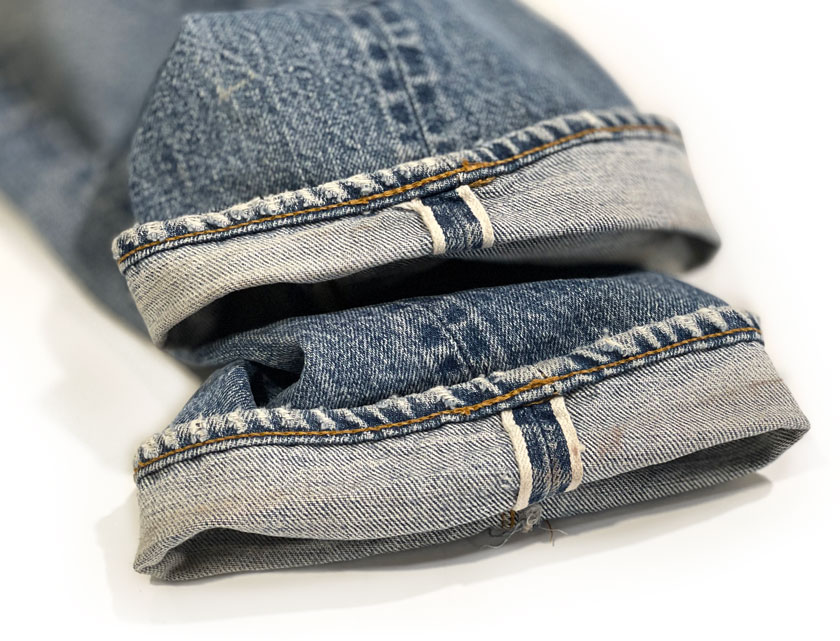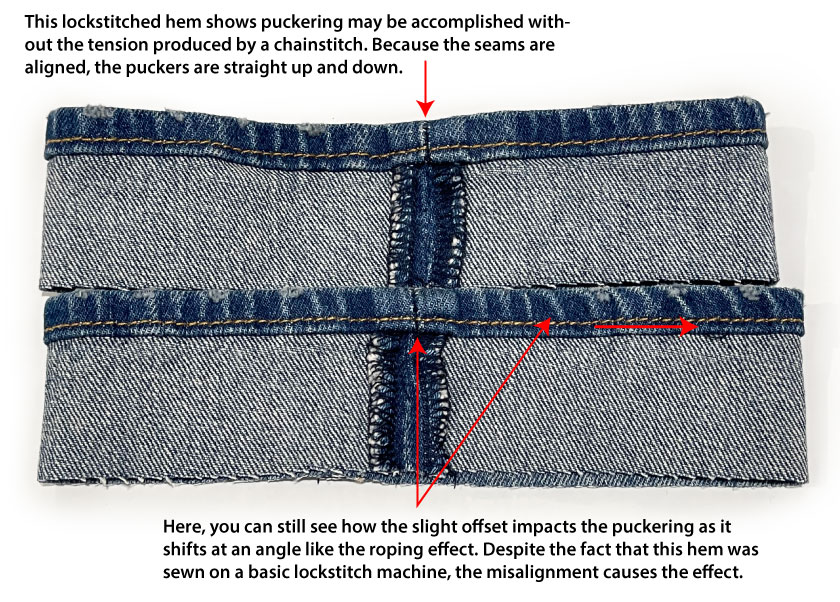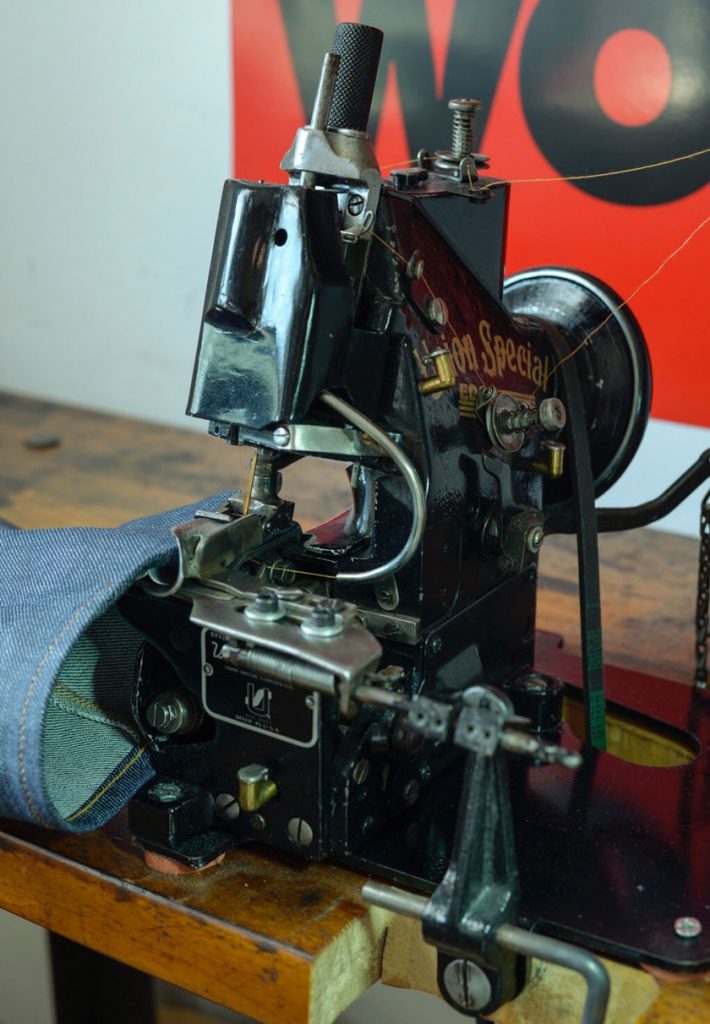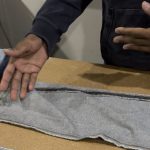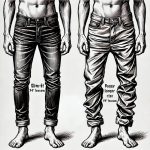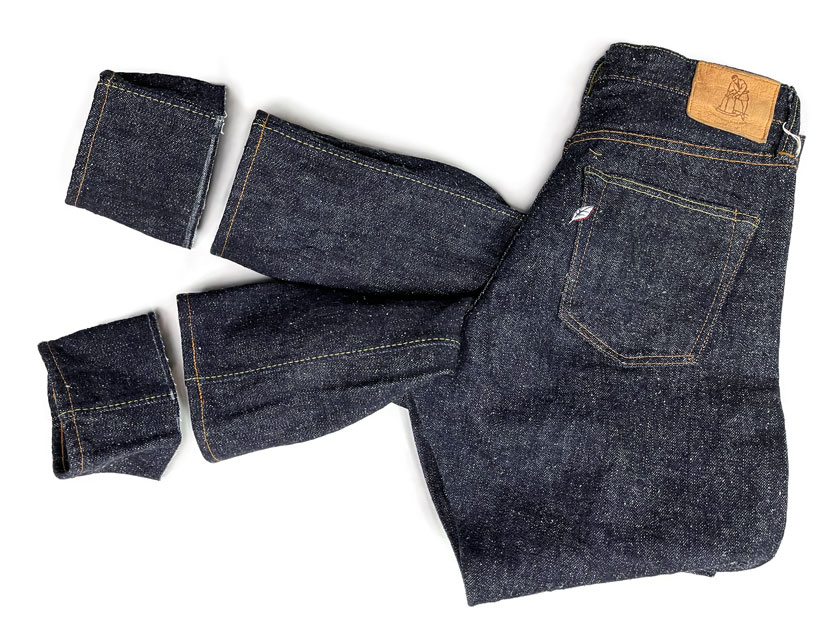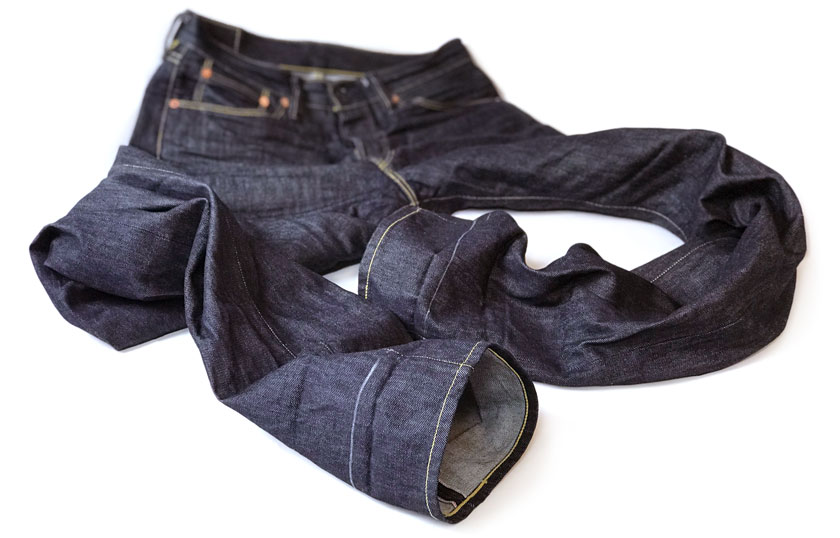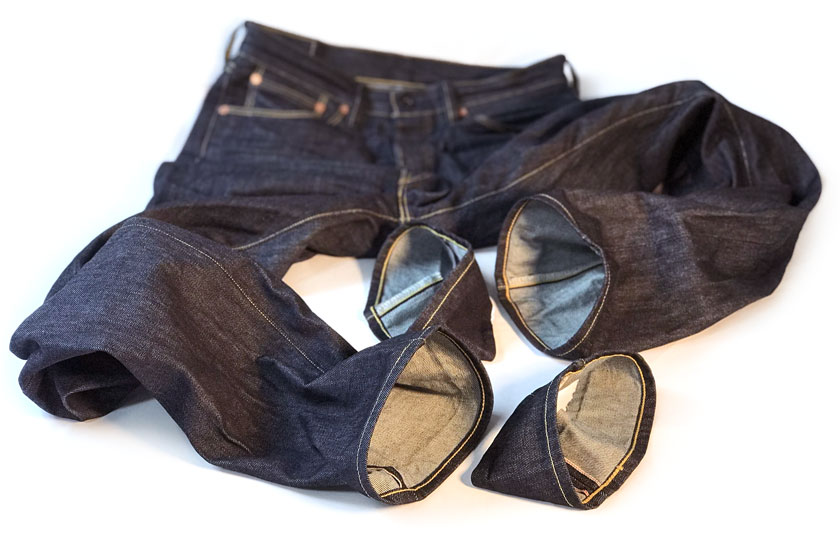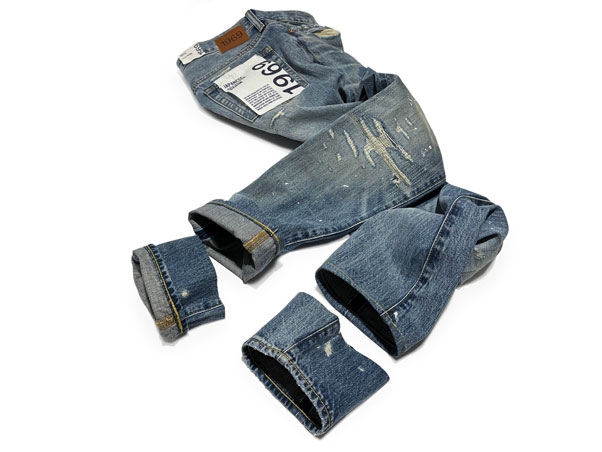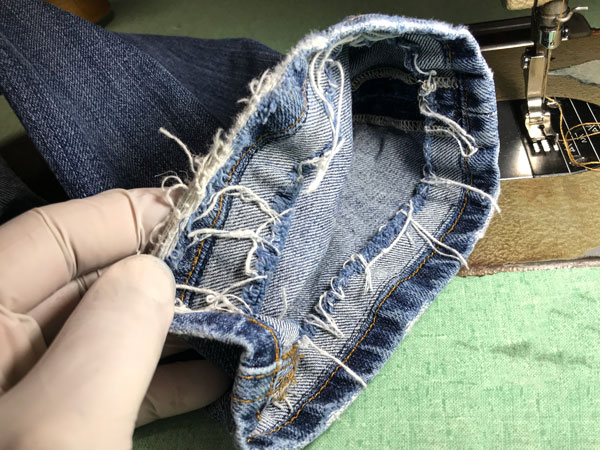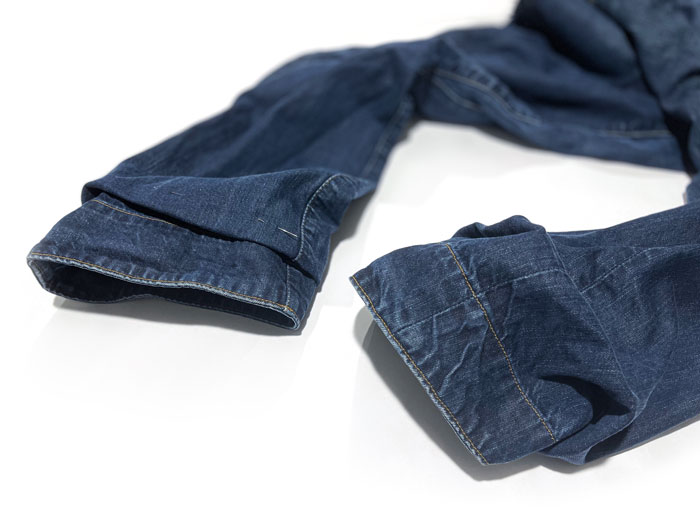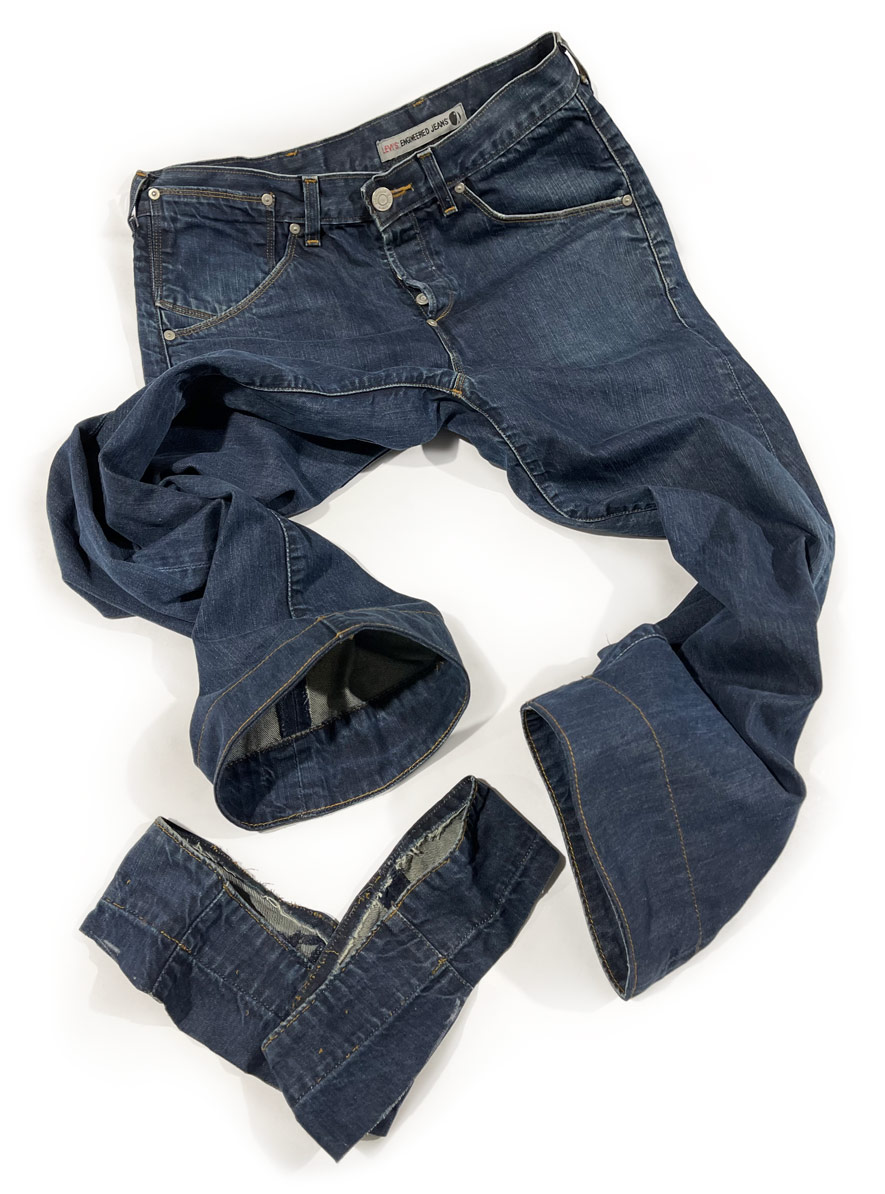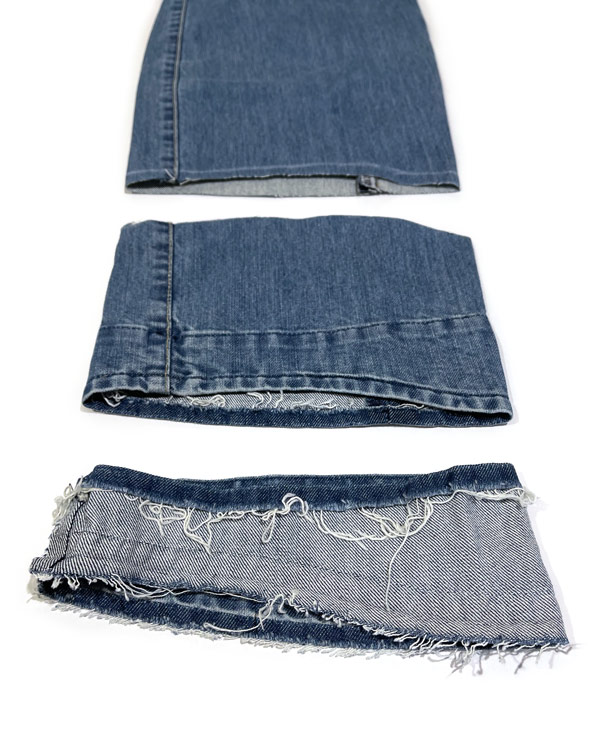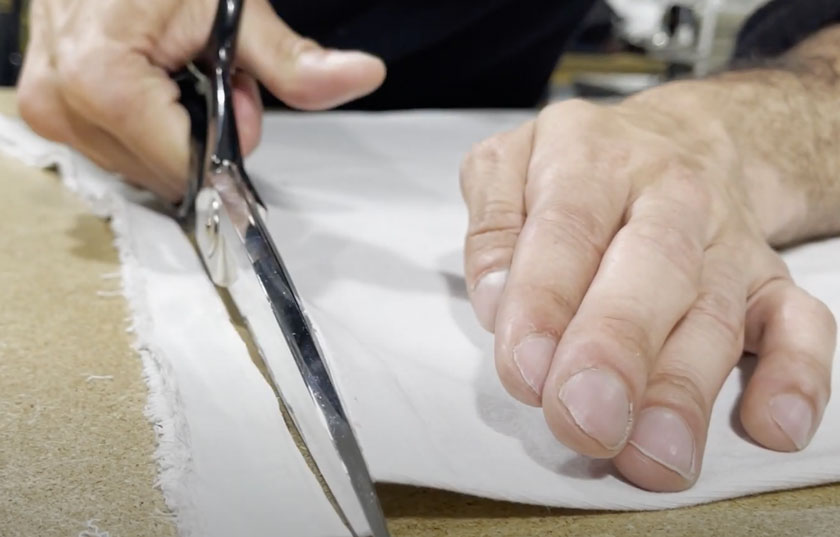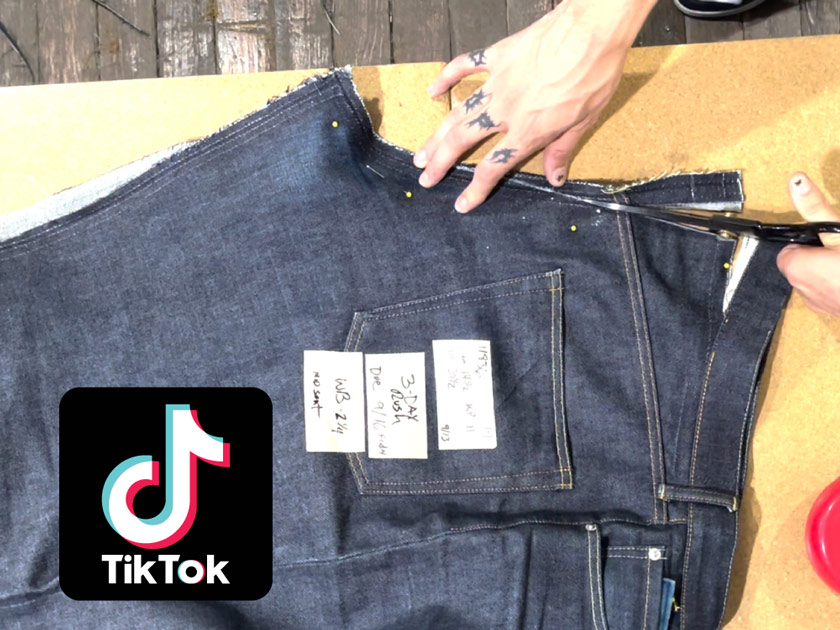
Do you want to know what sets us apart from the competition when it comes to denim alterations? In our latest TikTok video, you can see how we professionally taper the legs of a pair of jeans while also taking in the waist to make them fit just right.
@williamsburggar Denim heaven. The art of taking in the waist with tapering alterations on jeans. We perfect your fit. #denimyourway #denimhead #denimtailor #taperingjeans #jeanswaist #jeanswaistgap #selvedgedenim ♬ MAMBO OVER THE MOUNTAIN – Rick Hirsch
Make sure to follow us on TikTok to see more informative and entertaining videos. @williamsburggar


